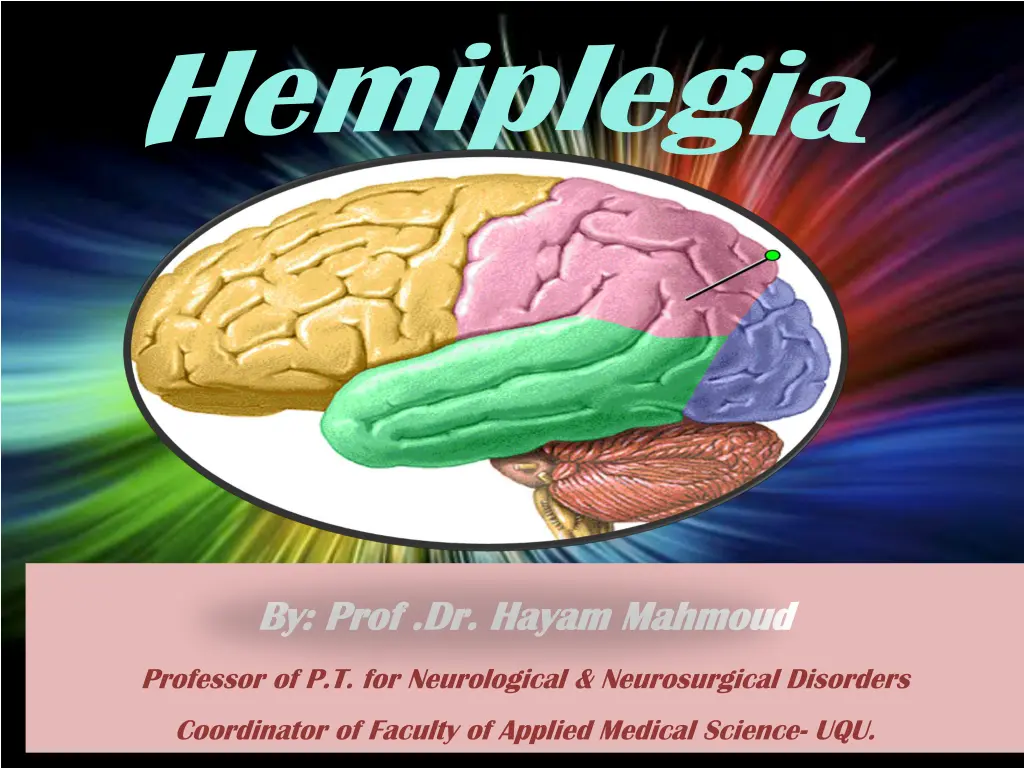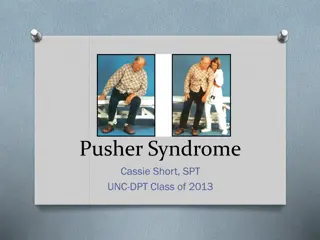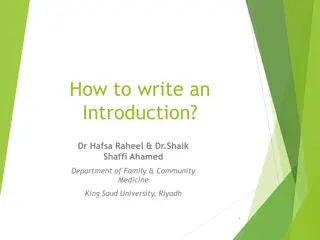
Understanding Hemiplegia and Stroke Rehabilitation
Explore the definition of hemiplegia, its relation to stroke, and the importance of early rehabilitation in optimizing functional recovery for patients. Discover various therapeutic approaches like the Bobath and Brunnstrom methods for managing motor dysfunction in individuals with hemiplegia due to stroke.
Download Presentation

Please find below an Image/Link to download the presentation.
The content on the website is provided AS IS for your information and personal use only. It may not be sold, licensed, or shared on other websites without obtaining consent from the author. If you encounter any issues during the download, it is possible that the publisher has removed the file from their server.
You are allowed to download the files provided on this website for personal or commercial use, subject to the condition that they are used lawfully. All files are the property of their respective owners.
The content on the website is provided AS IS for your information and personal use only. It may not be sold, licensed, or shared on other websites without obtaining consent from the author.
E N D
Presentation Transcript
Hemiplegia Hayam Mahmoud Mahmoud By: Prof .Dr. By: Prof .Dr. Hayam Professor of P.T. for Neurological & Neurosurgical Disorders Coordinator of Faculty of Applied Medical Science- UQU.
Hemiplegia Definition of hemiplegia: paralysis of one side of the body due to pyramidal tract lesion at any point from its origin in cerebral cortex to the 5th cervical segment. Stroke or cerebrovascular accident (CVA) is hemiplegia due to vascular cause, results in sudden, specific neurological deficits.
Hemiplegia Stroke patients have a variety of motor, sensory, cognitive, perceptual, psychological, social, and functional disabilities. Problems of motor performance in stroke patients are complex and varied. The outcome after stroke is dependent on the site, the extent and the cause of the brain damage as well as the patient age.
The World Health Organization (WHO) has defined stroke (CVA) as: rapidly developing clinical signs of focal disturbance of cerebral function. It lasting more than 24 hours or leading to death with no apparent cause other than that of vascular origin .
*Rehabilitation should begin as soon as the patient is medically stable: Which optimizes the patients potential for functional recovery .Physiotherapy is a major component of rehabilitation for stroke patients and has statistically positive effect on functional outcome.
There are many therapeutic approaches in treating and assessing the motor dysfunction and functional disabilities in individuals with hemiplegia due to stroke
Stroke rehabilitation Stroke rehabilitation; it includes; 1-Assessment 2-planning 1-Assessment The same assessment of neurological sheet: 2-planning Different approaches for management of hemiplegic patient include the Bobath approach, developed by Karl and Berta Bobath. Brunnstrom's approach, developed by Brunnstrom,. Motor relearning program developed by Carr and Shepherd














